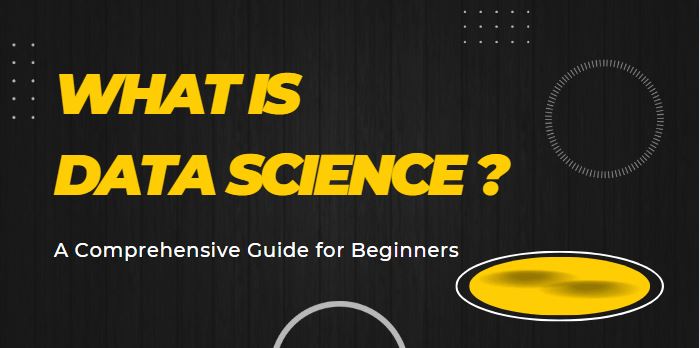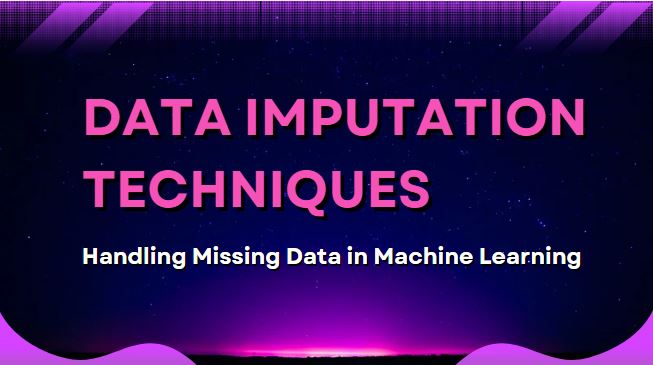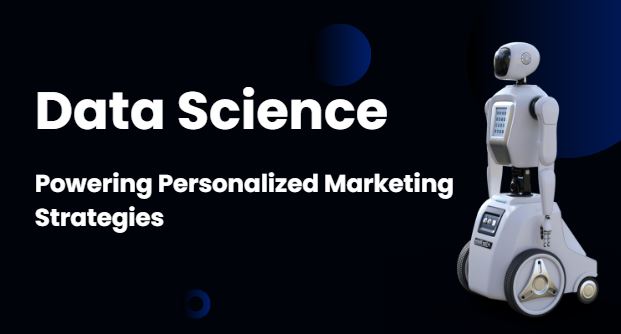
Introduction
In today’s data-driven world, the term “Data Science” has become a buzzword across industries. Whether it’s in technology, healthcare, finance, or retail, data science is transforming how businesses operate, make decisions, and understand their customers. But what exactly is data science? And why is it so crucial in the modern world? This comprehensive guide is designed to help beginners understand the fundamentals of data science, its processes, tools, and its significance in various fields.
What is Data Science?
Data Science is an interdisciplinary field that combines mathematics, statistics, computer science, and domain knowledge to extract meaningful insights from data. It involves collecting, processing, analyzing, and interpreting vast amounts of data to solve complex problems, make informed decisions, and create predictive models.
At its core, data science is about turning raw data into valuable insights. These insights can help organizations identify trends, optimize operations, improve customer experiences, and even predict future outcomes.
The Data Science Process
The data science process typically involves several key steps:
Data Collection:
This is the first step, where data is gathered from various sources such as databases, web scraping, sensors, and surveys. The data collected can be structured (like spreadsheets) or unstructured (like text and images).
Data Cleaning:
Raw data often contains errors, duplicates, or irrelevant information. In this step, data scientists clean and preprocess the data by handling missing values, correcting inconsistencies, and transforming the data into a usable format.
Data Exploration and Visualization:
Before diving into complex analyses, data scientists explore the data to understand its underlying patterns. Visualization tools like Matplotlib, Seaborn, or Tableau are often used to create graphs and charts that help in identifying trends and outliers.
Data Modeling:
Once the data is cleaned and understood, it’s time to build models that can make predictions or classifications. This involves selecting the right machine learning algorithms, such as linear regression, decision trees, or neural networks, and training these models on the data.
Model Evaluation:
After building a model, it’s crucial to evaluate its performance using metrics like accuracy, precision, recall, and F1-score. This helps in understanding how well the model will perform on new, unseen data.
Deployment and Monitoring:
Finally, the model is deployed into a production environment where it can start making predictions on live data. Continuous monitoring is essential to ensure that the model remains accurate over time.
Key Tools and Technologies in Data Science
Data science relies on a variety of tools and technologies to manage and analyze data. Here are some of the most commonly used:
Python:
A versatile programming language widely used in data science due to its extensive libraries like Pandas, NumPy, and Scikit-learn.
R:
Another popular language, especially in academic settings, known for its statistical analysis capabilities.
SQL:
A language used to query and manipulate databases.
TensorFlow and PyTorch:
Libraries for building and deploying machine learning models, especially deep learning models.
Tableau and Power BI:
Visualization tools that help in creating interactive dashboards and reports.
Hadoop and Spark:
Big data frameworks used to process and analyze large datasets.
Why is Data Science Important?
Data science is essential because it enables organizations to make data-driven decisions. Here’s how data science impacts various sectors:
Business:
Companies use data science to optimize their operations, reduce costs, and increase profitability. For example, retailers use predictive analytics to forecast demand and manage inventory more efficiently.
Healthcare:
Data science is revolutionizing healthcare by enabling personalized medicine, predicting disease outbreaks, and improving patient outcomes.
Finance:
In the finance sector, data science helps in risk management, fraud detection, and algorithmic trading.
Marketing:
Marketers leverage data science to understand customer behavior, personalize marketing campaigns, and improve customer retention.
The Future of Data Science
As more data is generated daily, the demand for data scientists continues to grow. Emerging technologies like artificial intelligence, machine learning, and the Internet of Things (IoT) will further increase the need for data science expertise. The future of data science looks promising, with endless possibilities for innovation and impact across industries.
Conclusion
Data science is a powerful tool that has the potential to transform industries and drive innovation. For beginners, understanding the basics of data science is the first step toward a career in this exciting field. Whether you’re interested in becoming a data scientist or simply want to understand how data influences the world around you, mastering the fundamentals of data science is essential.
This guide provides a solid foundation to get you started on your data science journey. As you delve deeper, you’ll discover the vast potential and opportunities that data science offers. So, embrace the power of data, and start your exploration into the world of data science today!



